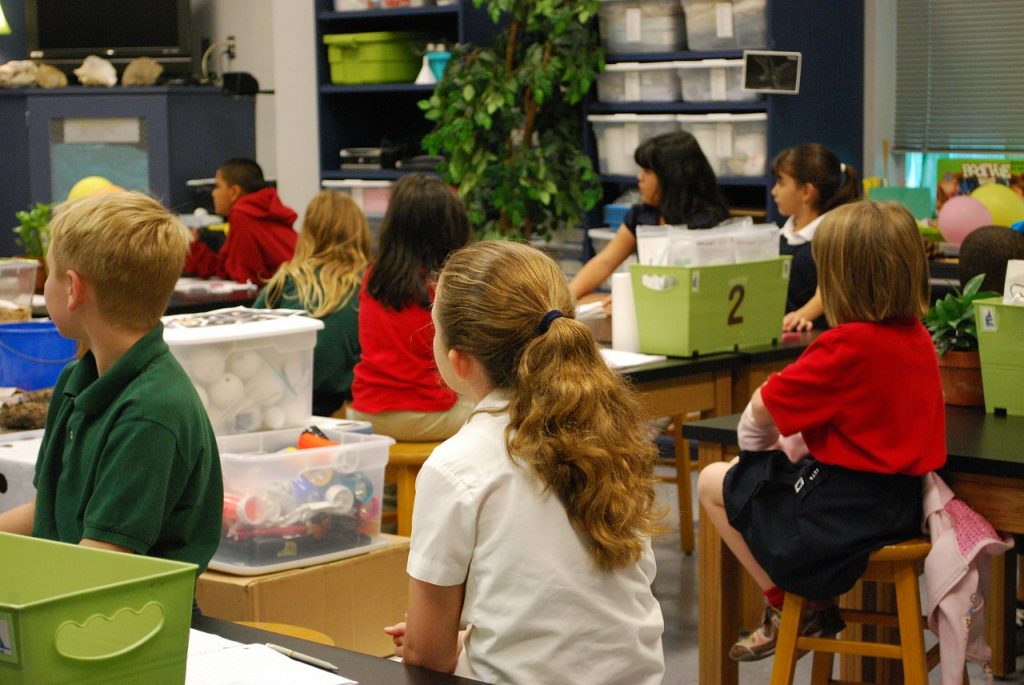Are you looking for hacks to support students who act impulsively? If so, keep reading.
1. Minimize the emphasis on competition. Competition may result in impulsive behavior to win or be first.
2. Teach the student decision-making steps: (a) think about the people that will be affected, (b) think about consequences and the impact of your actions, ( c) carefully consider the situation at hand, (d) think of various potential courses of action, and (e) think about what is best for you.
3. Inform the student why we all must practice responsibility.
4. Place emphasis on individual success or progress rather than winning or “beating” other students.
5. To determine whether the student heard a direction, have the student repeat it.
6. Let logical consequences happen so the student can learn that persons who act deliberately are more successful than those who act impulsively (e.g., If you begin a learning experience before comprehending the instructions, you will finish early but not finish the task correctly. You may receive a failing grade or have to repeat the task.).
7. Provide a predetermined signal (e.g., hand signal, oral signal, etc.) when the student begins to demonstrate impulsive behaviors.
8. Make sure the student does not become involved in overstimulating learning activities on the playground, during P.E., during lunch, etc.
9. Make sure the student has a sufficient amount or number of learning activities scheduled to prevent the likelihood of impulsively engaging in unplanned learning activities.
10. Assign the student to an area of the classroom where they are to remain at any one time.
11. Provide a consistent routine (schedule) of daily learning activities.
12. Make sure the student knows that areas in the classroom are “off limits” to him/her.
13. Make sure that all students get equal chances to take part in learning activities (e.g., students take turns, everyone has an equal chance to be first, etc.).
14. Consider using an adaptive behavior management app. Click here to view a list of apps that we recommend.
15. Click here to learn about six bonus strategies for challenging problem behaviors and mastering classroom management.
16. Consider using a socio-emotional learning app. Click here to view a list of apps that we recommend.
17. Consider using an emotional intelligence app. Click here to view a list of apps that we recommend.
18. Consider using a school counseling app. Click here to view a list of apps that we recommend.











